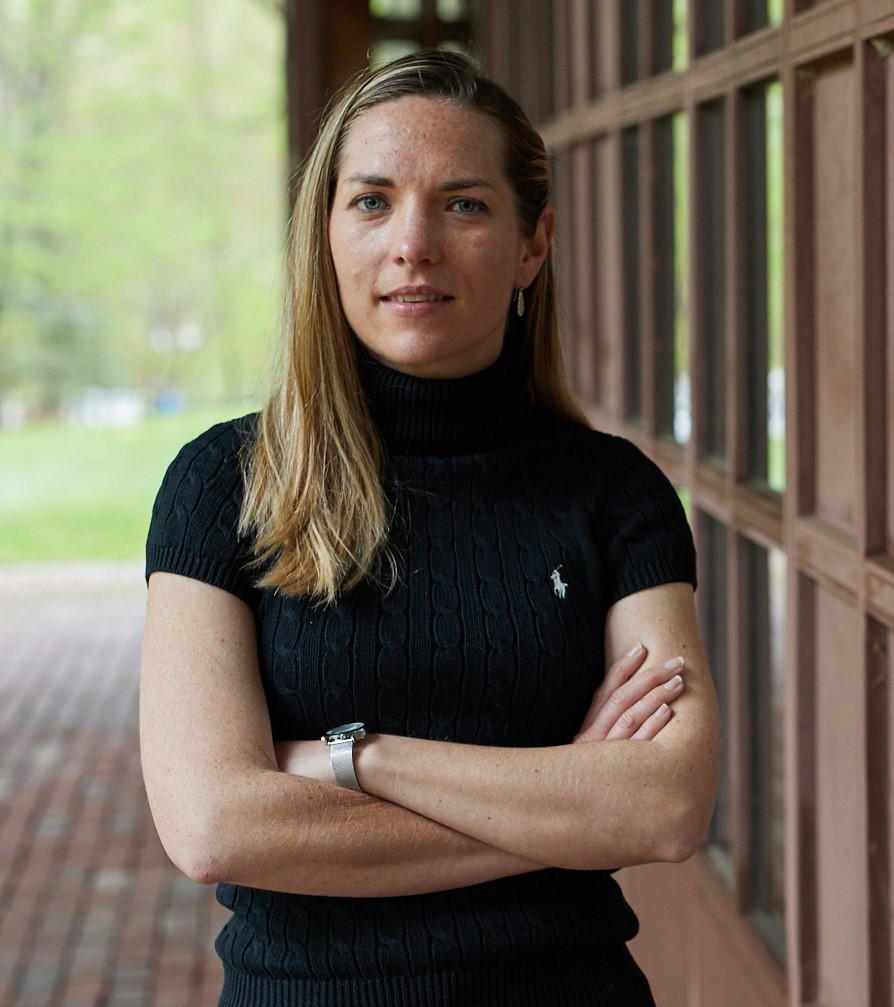Project title: Using patient-derived tumor organoids to uncover mechanisms of pulmonary NET progression
Talya Dayton, PhD European Molecular Biology Laboratory

- Status: Active
- Year(s): 2023
- Grant Type: Investigator
- Research Type: Basic
- Primary Tumor Site: Lung
Project Description:
As part of a previous NETRF-funded project, Dr. Dayton and her colleagues found a way to grow samples of pulmonary NETs in the lab by making 3D cell lines called patient-derived tumor organoids or PDTOs. In this project, Dr. Dayton and her research group will use these pulmonary NET PDTO models, together with state-of-the-art gene editing techniques and molecular analyses, to find out how pulmonary NETs develop and grow.
What critical NET problem will you try to solve through your research?
Pulmonary NETs can be slow-growing, but some can be aggressive and difficult to treat. Unfortunately, there are limited treatment options for patients whose tumors become aggressive, and it is not yet possible to predict which tumors will become aggressive. Dr. Dayton and her research team will use pulmonary NET PDTOs to ask how and why some pulmonary NETs become aggressive, spread, and are difficult to treat. They will also try to understand whether they can use this information to predict different disease outcomes or identify new treatment strategies.
Why is this important?
A better understanding of how pulmonary NETs become aggressive will make it possible to design and identify new treatment options that 1) can specifically target aggressive pulmonary NETs and 2) can potentially stop pulmonary NETs from becoming aggressive.
What will you do as part of this research project?
Using PDTO models of pulmonary NETs, Dr. Dayton and her team will use a gene editing technique called CRISPR-Cas9 to modify the DNA of these NET models, aiming to make them more aggressive. The researchers will then identify the molecular alterations linked to this increased aggressiveness, investigating how they make it possible for slow-growing pulmonary NETs to become a more aggressive cancer. Additionally, Dr. Dayton and her team will use patient-derived pulmonary NET cells to identify proteins that can promote their growth and that might be involved in the progression to aggressive NETs.
How might your research improve the diagnosis and/or treatment of NETs?
If the results of the study reveal how pulmonary NETs become aggressive and spread, this information can be used to guide the design of treatments that can specifically target aggressive pulmonary NETs or that can stop them from becoming aggressive in the first place, improving patient outcomes. This study might also help us identify biomarkers that predict the likelihood of a pulmonary NET becoming aggressive, helping with earlier and more accurate diagnoses for patients.
What is your next step?
This study will provide information about how pulmonary NETs become aggressive and spread. After learning this, the next steps include designing and testing new treatment strategies in the lab and in clinical studies so that they can be translated into clinical practice. If the study also finds biomarkers that predict the likelihood of a pulmonary NET becoming aggressive, the next step will be to perform clinical analyses to determine whether and how they can be used in clinical practice.
Additional Details
- City: Barcelona
- State: Spain
- Grant Duration: 2
DISCLAIMER
NETRF funds laboratory research to understand the development of neuroendocrine tumors and translational research to explore new concepts in treatment. Research grant descriptions and research updates from NETRF are not intended to serve as medical advice. It can take years for research discoveries to be fully validated and approved for patient care. Always consult your health care providers about your treatment options.
